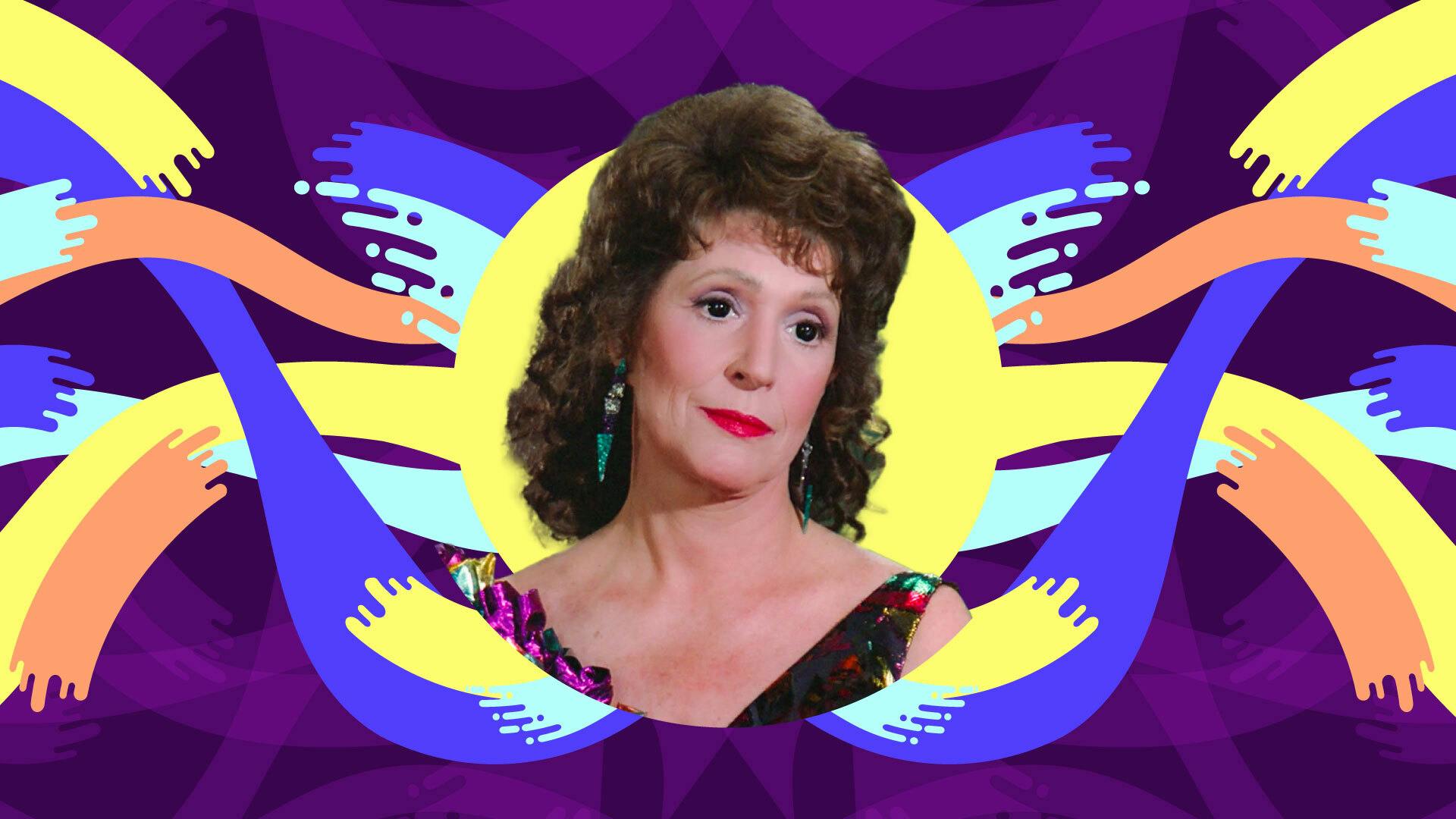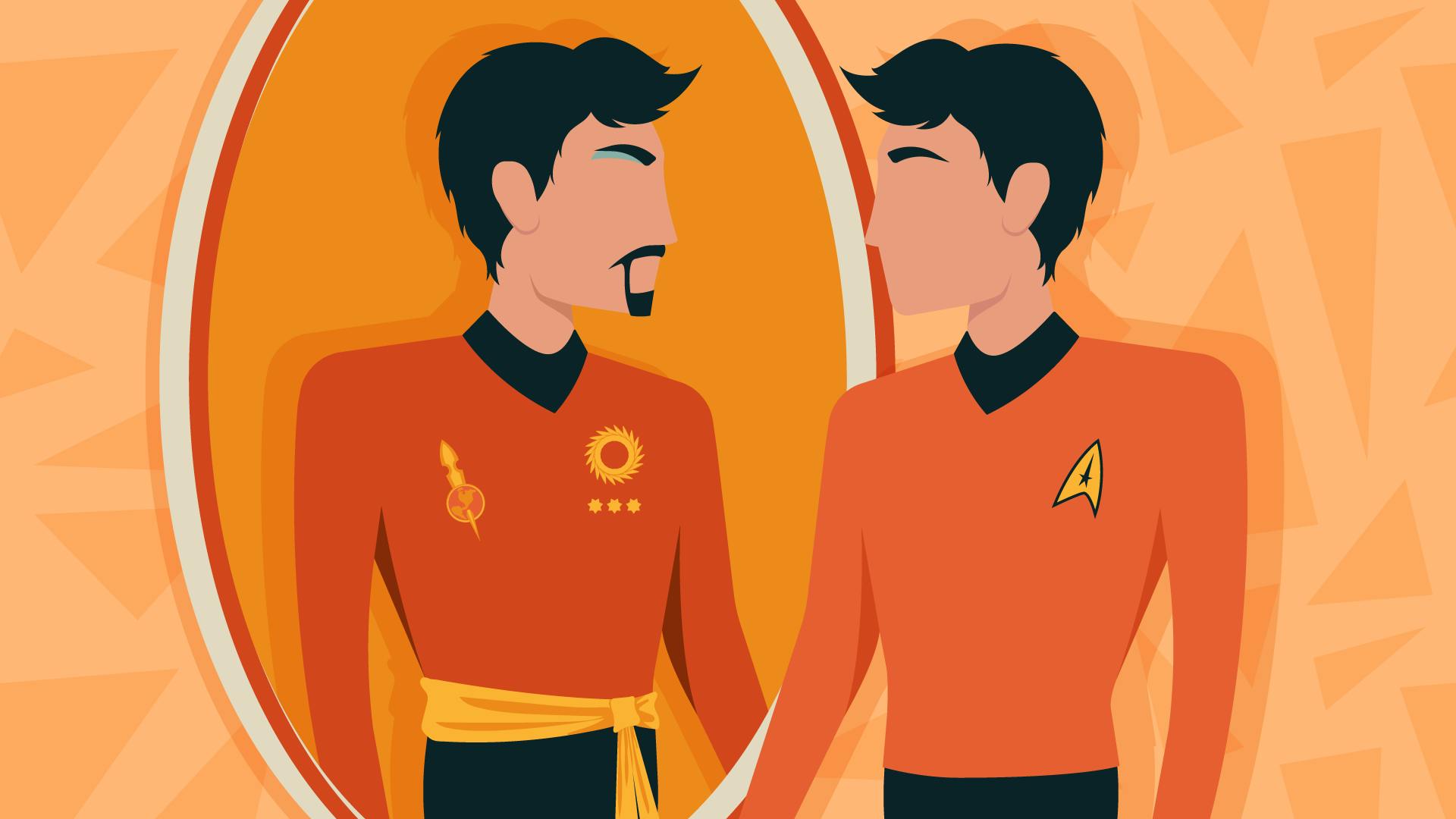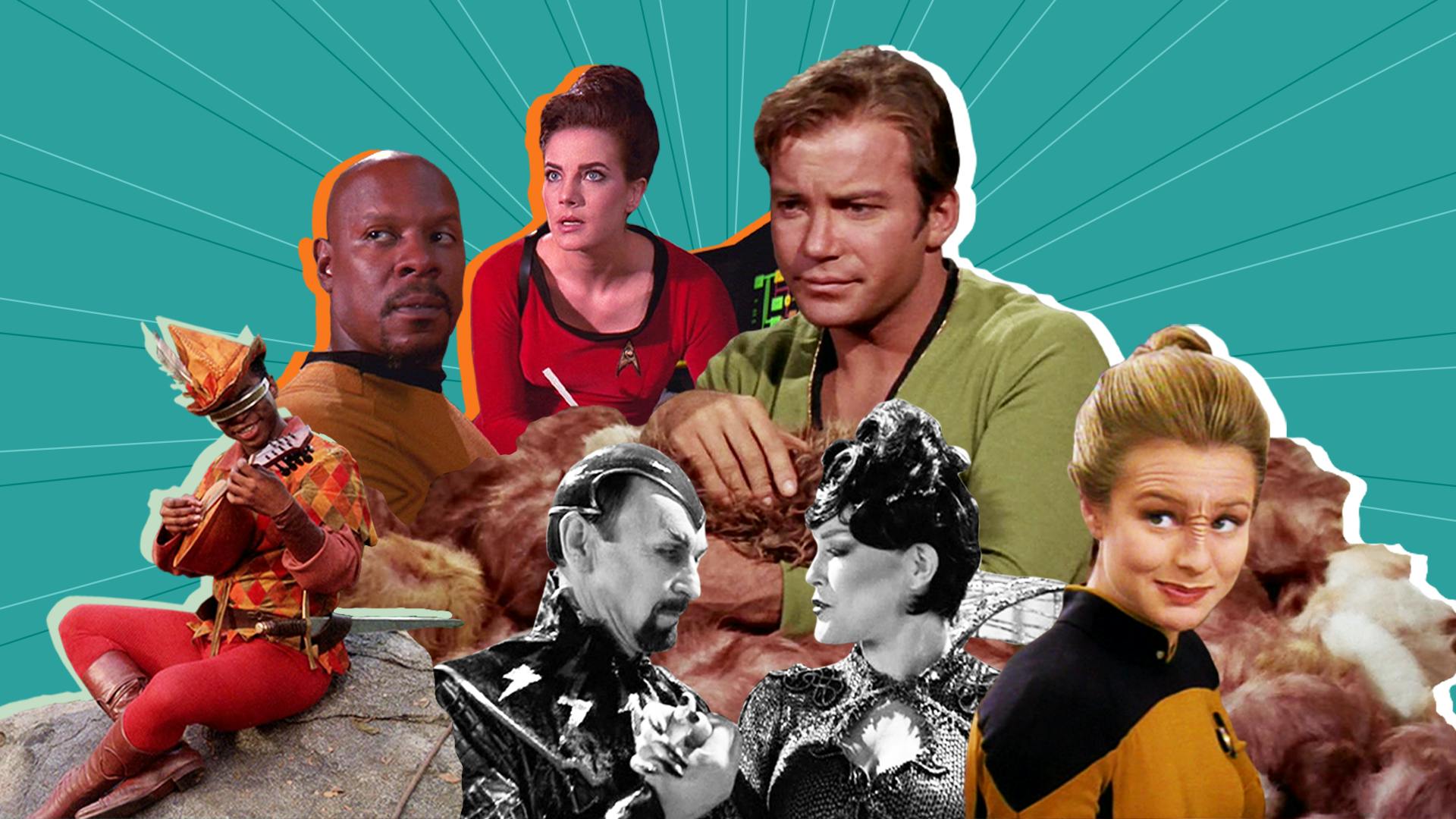Published Jun 2, 2023
Leaving Behind: How the Deep Space Nine Finale Added Depth to the Franchise
'What You Leave Behind' celebrates what the space station had become over the past seven years.

StarTrek.com
From its earliest concepts, Star Trek: Deep Space Nine was intended to defy the conventions and expectations set by earlier Star Trek shows, and the finale, “What You Leave Behind” brings those efforts to a conclusion that is, expectedly, not what was expected.
“What You Leave Behind” at first seems out-of-place compared to the conclusions of the previous series. Star Trek: The Original Series ends with movies showing the crew being given a new ship to take one last loop around the galaxy, while Star Trek: The Next Generation showed Picard again facing Q, whom he met on the ship’s first assignment. Both of those endings met the expectation that Star Trek was about exploration, the journey, and the unknown. It begs the question, “What does a story about leaving home have to do with a show about space exploration?” Deep Space Nine was the first installment in the franchise to really take a look at the place where our voyage began and understand its importance in the larger context. When telling a story of “home” and the place of departure, the story changes from one of outer space to one of inner space — inside the minds of the characters and audience.
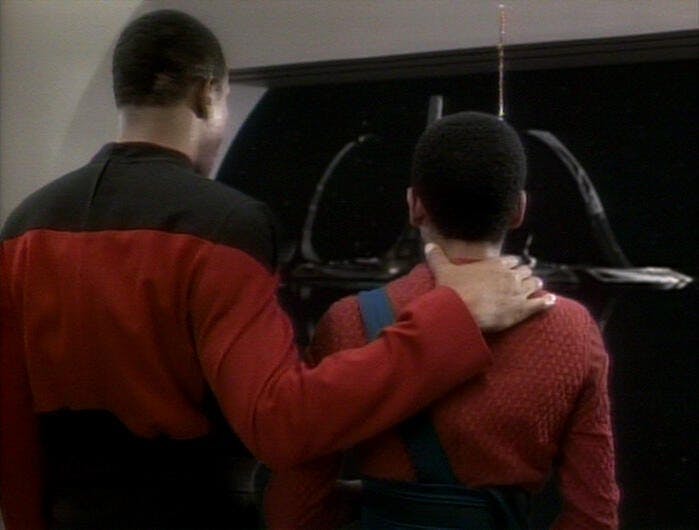
StarTrek.com
Prior to DS9, the concept of “home” was given precious little screen time. Earth is never shown in TOS, except in the context of time travel. The Earth of the 23rd Century is conspicuously absent. In Star Trek IV: The Voyage Home, the titular “home” ultimately refers to a new Enterprise and a new chance to return to the stars. The Next Generation occasionally has the crew return to our planet, but almost always under crisis conditions. Picard says in Star Trek: First Contact, “I tend to think of the ship as my home, but if it’s Earth you’re talking about, I try to get back whenever I can.”
For the crew of Star Trek: Voyager, home wasn’t even a possibility. While the prospect of getting home is the inciting incident for many of the series’ episodes, the emotional connection the crew have to their home planet is only given surface-level analysis. Rather than look at the home front, the drive to boldly go was the original pitch to Gene Roddenberry’s “Wagon Train to the Stars,” asking people how far we could take ourselves.
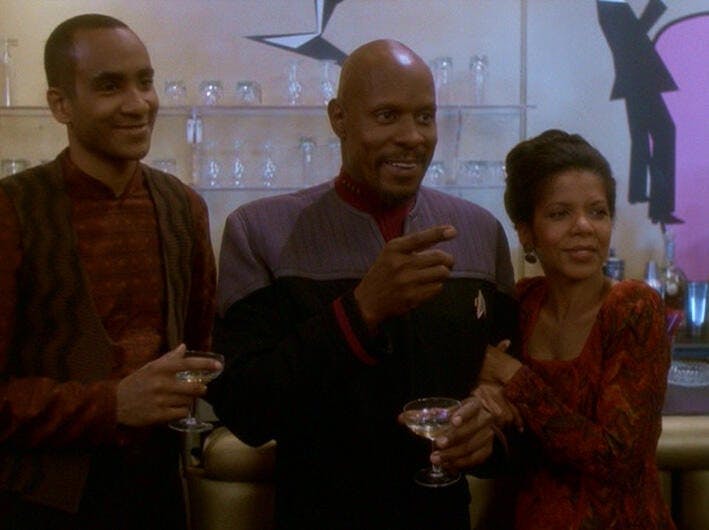
StarTrek.com
Without a starting point or a home to leave, a journey has no context. “What You Leave Behind” was a celebration of what the space station had become over the past seven years. Season 1 found the station a broken, damaged husk. Ceiling lights flickered, consoles sparked, and violent incidents on the station were frequent. Sometime over the next few years, it is difficult to say exactly when, the station became a friendly place. Banners hung from the ceiling, families grew larger, and children grew older. Just as the new crew of the station found it a hostile environment, longtime Star Trek fans at first approached this new concept of a series with caution and trepidation. Like moving into a new house and years later realizing it has become yours, Deep Space Nine had gone from being “that weird Star Trek that wasn’t on the Enterprise” to a home. With the final episode, we (characters and viewers alike) had to leave that home.
Star Trek: Deep Space Nine — The Journey
It is not difficult to understand how it took several iterations of Star Trek for a story to come to light that treats the departure with the same reverence as the journey. Looking through Gene’s own words, there are many examples of him pondering the human drive to explore, to become better than we are. His views on humanity’s start were comparatively limited. However, the Great Bird of the Galaxy did have this to say, "Human beings have got their toes in the mud and their heart and souls high in the heavens. But the mud is important. It is the mud between our toes that allows us to dance. And we must be all of those things." Acknowledging that the “toes in the mud” is what gives us the support and strength to reach for the heavens is huge, and for a man who passed away years before “What You Leave Behind” was written, it reflects a similar perspective.
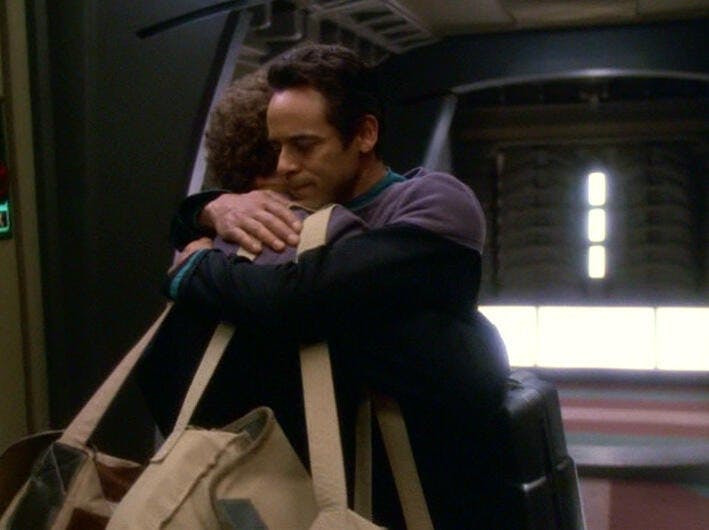
StarTrek.com
While the theme of “What You Leave Behind” might have been an unexpected choice for a story in 1999, modern Star Trek has returned to it with an increasing level of nuance. The result was a finale that capitalized on the sense of belonging that Deep Space Nine had built over seven seasons and delivered a message that had an emotional impact Trek had never previously managed.
In Season 3 of Star Trek: Discovery, the crew have made the decision to save life in the galaxy by committing themselves to a one-way trip 900 years into the future. With little hesitation, they separate themselves from everyone they ever knew and every dream they’d ever had, simply because doing so would eliminate the threat their starship crew had uncovered. Emerging on the other side of the time jump, they don’t find a better version of the world they left; instead, they find the future is a skeleton of what their past was. In that moment, it seems as if the trip cost them everything.
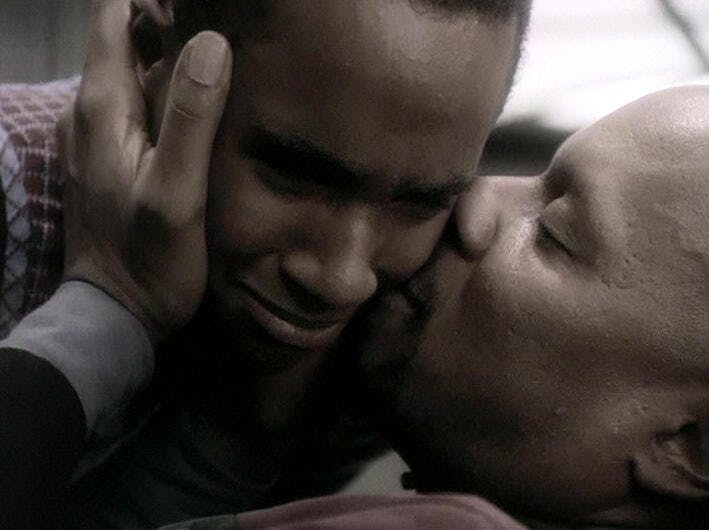
StarTrek.com
Put in that context, it’s easy to see the similarity in the decision to jump 900 years into the future, with Sisko being selected by the Prophets to join them in their nonlinear existence. It was not Sisko’s decision, but he was told a separation was coming, and that his inescapable fate would be crucial to both of his duties to Starfleet and Bajor. For both Sisko and the crew of the Discovery, the journey from home is more costly to the individual because they’re aware their loved ones left behind may never experience closure. It’s a good moment to wonder what the continuing mission does to the people who don’t get to go along.
Believing that one always has a clear vision of what the future holds can be deceptive. The entire premise of Star Trek: Picard focuses on Jean-Luc’s attempt to deal with the biggest losses of his career. Faced with the grief of losing his best friend coupled with a career-ending disappointment in Starfleet’s commitment to serving the greater good, he does the only thing that makes sense — he returns to his family’s vineyard and attempts to make a quiet life for himself. Why would he not find a distant moon or travel to parts unknown? Because, at this time in his life, Jean-Luc has decided that Earth is more than a place to return to “whenever he can.” More than that, he is attempting to provide new roots for a population of displaced Romulans — people who have no home to return to. The solution was not to send them away; it was to give them a place with walls and soil.
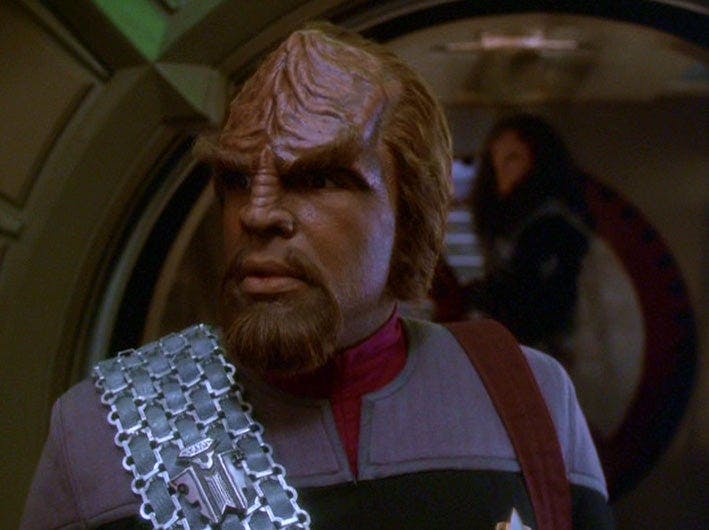
StarTrek.com
Worf had similarly excluded the possibility of ever returning to Qo’noS. Being able to rejoin the Klingon home world as an ambassador, after having his entire house declared outcasts, opens a door for him wider than Picard’s whole vineyard. The ability to look back at a chapter of your life that you’d previously considered closed, and find the potential to return to it, is a rare opportunity in life. Humans have numerous blind spots when it comes to understanding what our future could potentially hold. No matter where the journey has taken you, your destination may be the same as your starting point.
It’s important to recognize, however, that the inward struggle is not separate from the outer struggle, and at times, is powerless against it. The dedication to duty, a constant theme across all Star Trek series, illustrates this very well. The opening of the first episode of Star Trek: Strange New Worlds finds Captain Pike waking up in his Montana cabin. Having been given a detailed glimpse of a future accident that will forever alter his life, he retreats from the command of his ship to his home on Earth to process this trauma. His reluctance to leave carries an additional layer of weight for him; not only does Christopher need to prepare for a journey beyond his planet, but he also needs to prepare for a journey beyond his mortal life. This battle fatigue brings him full circle, enlightening us to the broken man we met in “The Cage.”
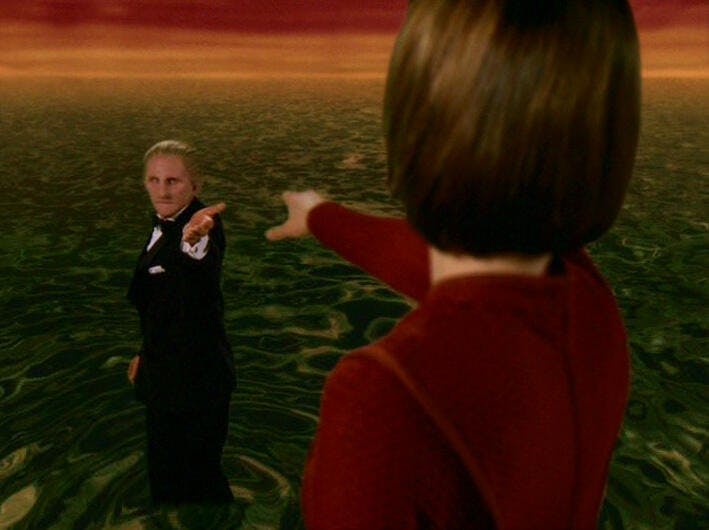
StarTrek.com
Similarly, Odo’s decision to leave and remain with the Great Link is one of the episode’s most bitter goodbyes. Odo had found a happy, meaningful life on the station, and like Pike, was pulled away out of a sense of duty. History is full of stories of people who would have been content to remain where they were, had they not been caught in trends and forces much larger than themselves.
Consistently across all these examples is the idea that, when the time to leave presents itself, the choice is often out of our hands. When it was announced that the end of Season 7 would be the end of Deep Space Nine, fans had little say in the matter. We joined Ira Steven Behr in a mixture of grief and the determination to see the finale of the show be the absolute best it could be. It’s reported that when it was time to dismantle the set and surrender the stage, Behr chose to stay behind and be the last relic of Deep Space Nine’s production to leave. He waited until every set piece was removed and remained even after the last of the electrical and maintenance crew had left. In his own words, “I have many years to not be here.” His intent was to appreciate fully what was about to pass, knowing that the years ahead would be full of new and different challenges.
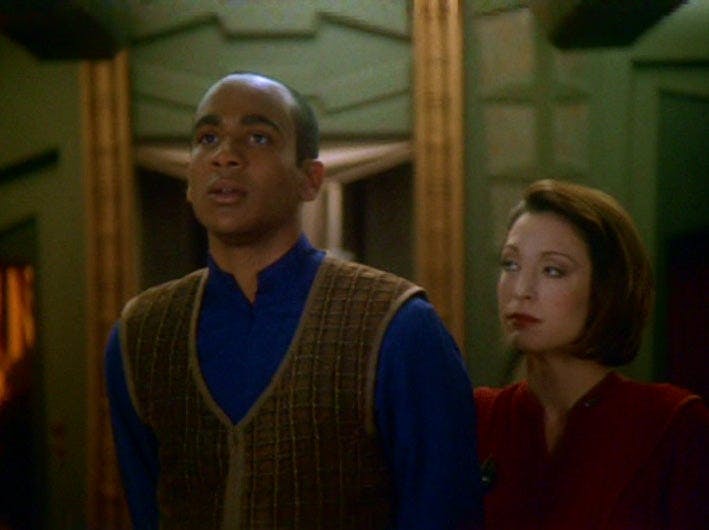
StarTrek.com
It is that feeling captured in “What You Leave Behind” that resonates with the audience. That is the connection that Star Trek made for the first time. They weren’t being asked to relate to being given a new ship and a new mission, and they weren’t being put on trial by Q to answer for the sins of humanity. The audience was being asked to reflect on the adventures they had already been through, and the mission they would give themselves from this point forward. Each viewer will come to “What You Leave Behind” bringing their own history, life story, and perspective. They will each leave with their own reflections, and they will each leave behind their old sense of self.
This article was originally published on June 23, 2022.


